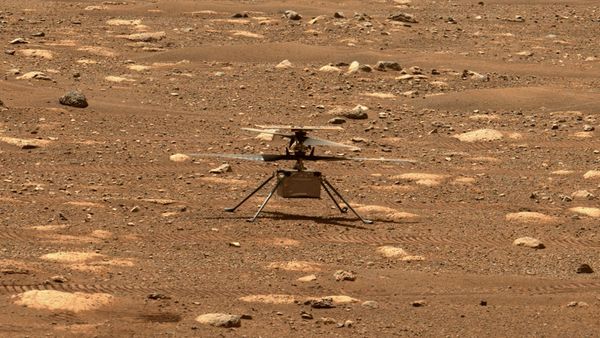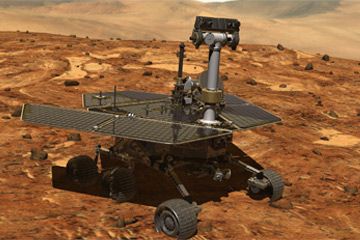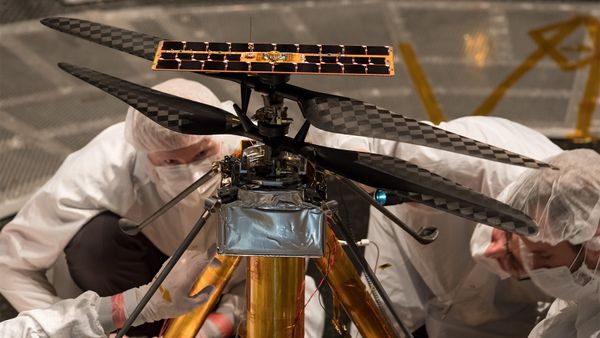To be eligible for the CHAPEA missions, NASA has the following requirements: You must be a U.S. citizen or permanent resident, healthy, between 30 and 55 years old, proficient in English and "motivated." This last criteria is specifically called out several times inNASA's announcement, though it's not understood specifically how motivation may play into crew selection or the mission itself.
Additionally, candidates need to hold a master's degree in a STEM field such as engineering, mathematics or biological, physical or computer science with at least two years of professional STEM experience, or a minimum of one thousand hours piloting an aircraft. Candidates who have completed two years of work toward a doctoral program in STEM, or completed a medical degree or a test pilot program, will also be considered. Additionally, applicants who have completed military officer training or a Bachelor of Science in a STEM field with four years of professional experience may be considered.
If you meet the criteria, NASA is now accepting applicationshere. The deadline to apply is Sept. 17, 2021.






